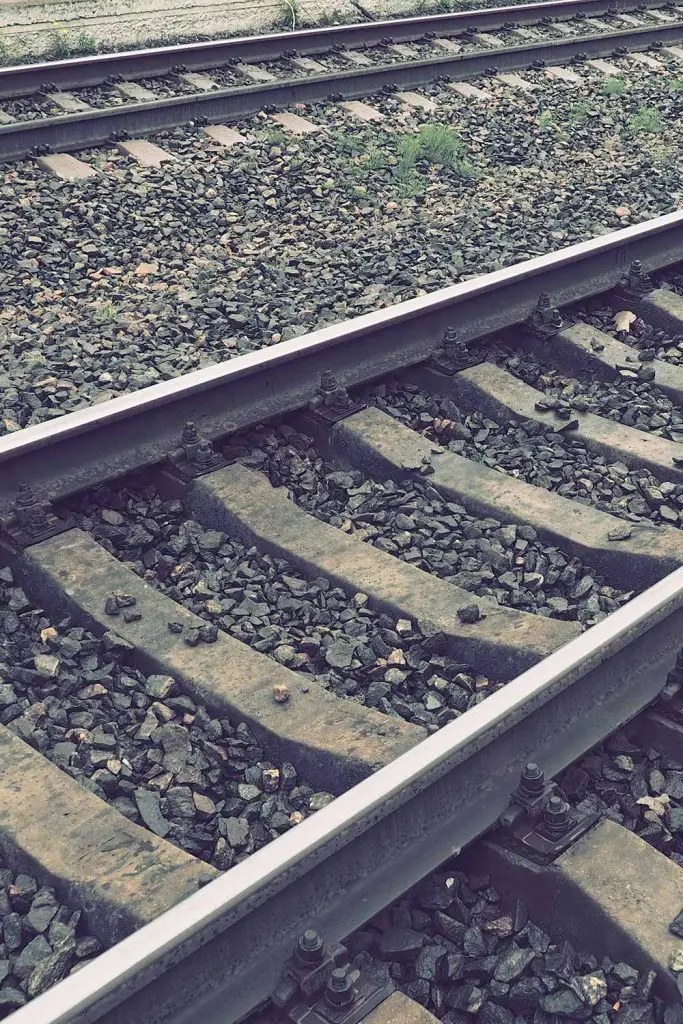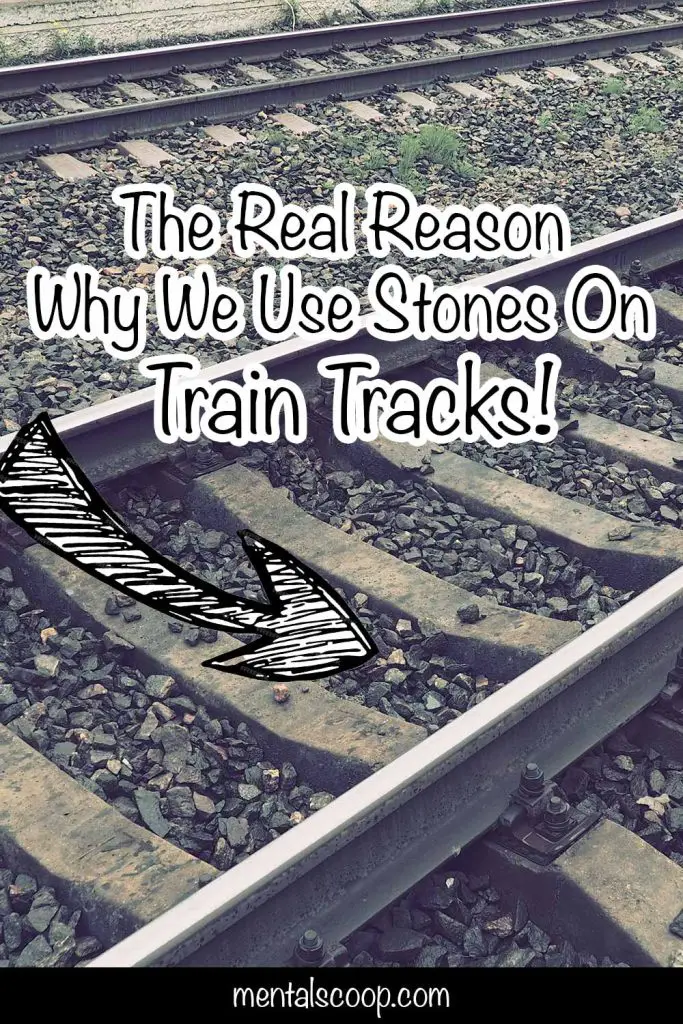The Real Reason Why We Use Stones On Train Tracks!

The mesmerizing clickety-clack of train wheels on tracks has been the soundtrack of travel for decades. Yet, amidst this rhythmic symphony, have you ever wondered about the purpose of those unassuming stones lining the tracks?
These seemingly inconspicuous rocks hold the key to the smooth, safe, and efficient operation of our railways. In this deep dive, we unravel the nine real reasons why stones are strategically placed on train tracks, shedding light on the fascinating world of railway engineering.
Foundation of Stability
The stones, collectively known as ballast, form the very foundation of track stability. They aren’t just there for decoration; they provide a robust base that distributes the weight of the train, preventing tracks from shifting and ensuring a secure passage for every locomotive.
Weight Distribution and Load-Bearing
Imagine the colossal weight of a speeding train hurtling down the tracks. Without a proper support system, tracks would succumb to the pressure. Stones in the ballast play a crucial role in evenly distributing this weight, acting as a buffer that protects the tracks from excessive stress and potential deformities.
Dynamic Track Alignment
Train tracks are subjected to constant wear and tear. The dynamic nature of ballast allows for minor adjustments as trains pass over, ensuring that the tracks maintain their correct alignment and geometry. This flexibility contributes to a smoother ride and reduces the risk of derailments.
Drainage Management
Water is the arch-nemesis of railway tracks. Excess moisture can erode the soil beneath the tracks, leading to instability. The porous nature of stones facilitates effective drainage, preventing water accumulation and safeguarding the tracks against corrosion and erosion, especially in regions prone to heavy rainfall.
Vibration Dampening
Trains create vibrations as they move, which can be detrimental to the tracks. The ballast, with its ability to absorb and disperse vibrations, acts as a natural shock absorber. This not only protects the integrity of the tracks but also contributes to a quieter and more comfortable journey for passengers.
Track Maintenance Accessibility
Stones in the ballast provide a convenient surface for maintenance activities. Engineers and workers can easily access the tracks for inspections, repairs, and adjustments. The ballast’s structure ensures that maintenance tasks can be efficiently carried out, minimizing downtime for the railway network.
Cost-Effective and Sustainable
Stones are a cost-effective and sustainable choice for ballast material. They are abundant and can be sourced locally, reducing the environmental impact associated with transportation and production. This eco-friendly approach aligns with modern practices that prioritize sustainability in infrastructure development.
Prevention of Vegetation Growth
In the battle against nature, stones serve as a deterrent to vegetation growth along the tracks. The ballast’s structure and composition create an inhospitable environment for plants, preventing overgrowth that could otherwise pose challenges to track visibility and maintenance.
Historical Significance
The use of stones on train tracks is deeply rooted in history. Traditionally, stones were chosen for their durability and availability, marking a legacy that has stood the test of time. Embracing this historical continuity adds a layer of significance to the stones that continue to pave the way for modern rail travel.
The stones on train tracks aren’t mere embellishments; they are the unsung heroes of railway infrastructure. From providing stability and support to managing drainage and dampening vibrations, these rocks play a pivotal role in ensuring the safety, efficiency, and longevity of our railway networks.
So, the next time you find yourself on a train journey, marveling at the clickety-clack, remember the nine real reasons why stones are the steadfast guardians of the tracks beneath.

More interesting articles you may be interested in reading:


Pingback: Catching the Green Wave: The Newest Houseplant Craze Sweeping Through the Community - Mental Scoop